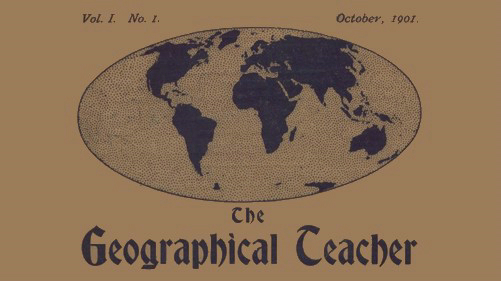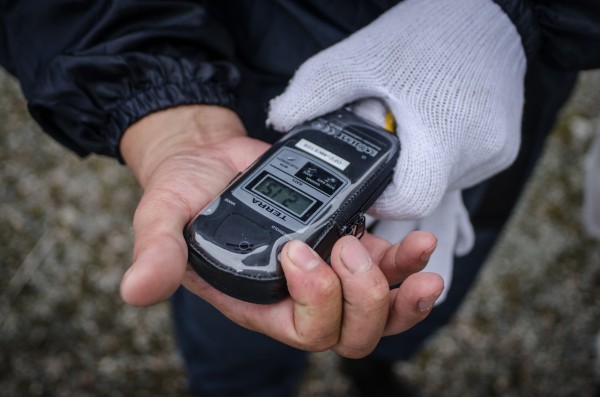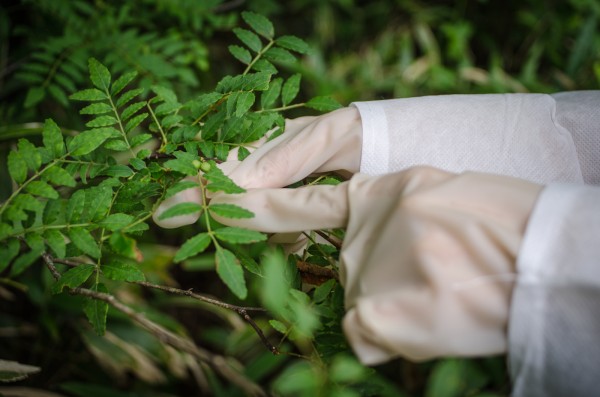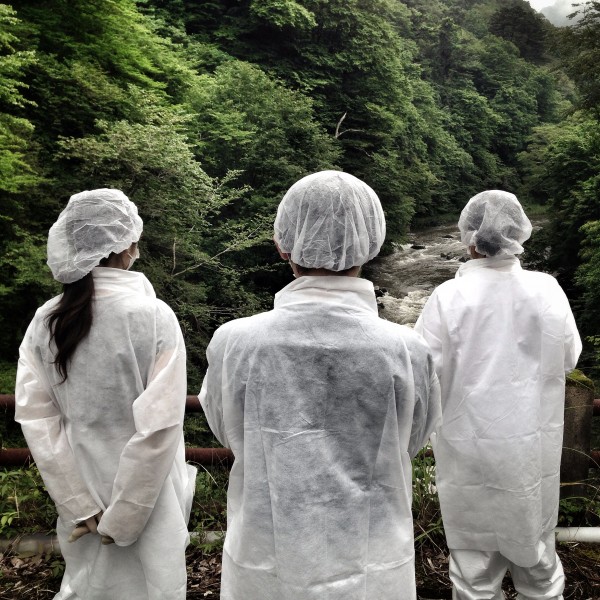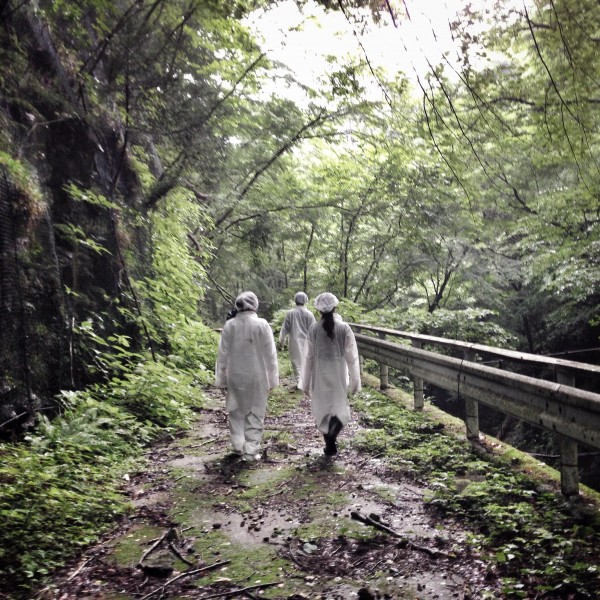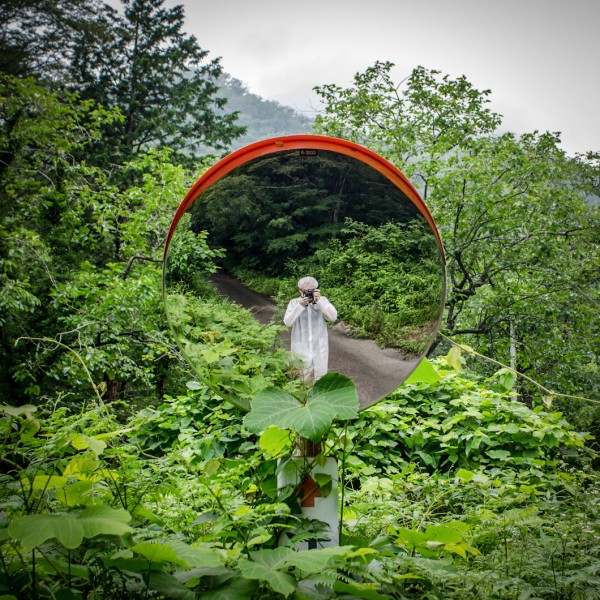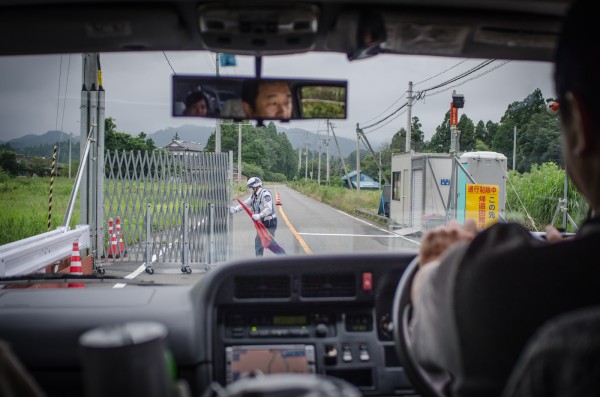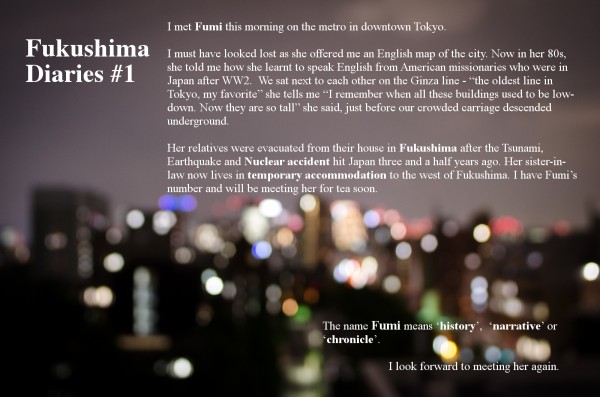‘Amateur Photography as an Aid in Teaching Geography’
“Nowadays the camera and the bicycle go everywhere hand in hand. The cyclist has splendid opportunities for photography, and photography is a pleasant addition to the cyclist’s enjoyment. With these two machines the teacher of Geography can do some good solid work. In the camera particularly [s]he will find a valuable friend and helper. Although many teachers still delight in the long lists of old-fashioned text-books, yet many are trying to vivify their work instead of presenting a mass of dry bones. They know that there is no subject on which boys [sic] can be keener, and they will find the camera a great aid in their present uphill task of teaching a subject which rarely receives the recognition it deserves”
C. Carter (1901) The Geographical Teacher Vol. 1. No. 1 pp. 27
To read this charmingly antique yet prescient article click here.
The journal The Geographical Teacher ran from 1901 – 1926. This first article shows the central importance of the visual image, and especially the photograph, in the academic study of geography; a discipline which to this day “rarely receives the recognition it deserves”. It is interesting that Carter here links the emerging middle-class pursuit of photography with another bourgeois device of mobility – the bicycle. The camera and the bicycle would go on to have profound and far reaching impacts on the century that The Geographical Teacher had just begun to publish in.
The camera is a geography machine.
Research diary outtake:
Hazmat suits and dosimeters, masks and rubber gloves we walked. Through the woodland near their house, abandoned but not forgotten in the Exclusion Zone. I am shown where they used to live, before everything changed.
I am walking with a husband and wife who were forced to leave their home after the nuclear disaster. Like tens of thousands of other evacuees, their lives have been utterly disrupted by what happened at the local atomic power station.
Now uncertainty has become the new normal; of not knowing when or if they may ever return. Uprooted and downsized they now live several hours away, their children forbidden from making this post-atomic journey back to their abandoned home, which they check upon from time to time.
“Wild boar smashed through this window” I am told, and I’m shown the shattered glass inside their house where pigs have run amok. I had seen one earlier as we were driving down an unkempt street near Namie town, before it darted into the bushes.
Along a road left overgrown with years of moss and fallen trees, we climb like spacemen up through the forest: across a river, under a branch, down-wind of the nuclear plant. Our sartorial façades of disposable white clothing turn us into nuclear symbols, alien life in this beautiful wasteland. The only visibly ‘nuclear’ thing out here is us.
I am shown a plant and its unripened berries, held in a latex glove; I make a photograph, transfixed by this strange vista.
The sound of the waterfall and the wind-blown leaves fail to conceal the threat of radiation. The nagging ‘click’ of the Geiger counters make sure of that. We hold onto our dosimeters like handrails in the dark, as they guide us arrogantly across this nuclear landscape. Along with our protective clothing, these devices were lent to us by the sad-faced employees of ‘Tokyo Electric Power Company’ when we entered the Zone.
That evening as we leave the Zone and our bodies are scanned for radiation, the same nuclear workers will bend double, bowing deep apologetic bows – the likes of which I have not yet seen in Japan.
hazmat
ˈhazmat/
noun
-
dangerous substances; hazardous material.
-
A hazmat suit (hazardous materials suit) is a piece of personal protective equipment that consists of an impermeable whole-body garment worn as protection against hazardous materials. Such suitsare often combined with self-contained breathing apparatus (SCBA) to ensure a supply of breathable air.
# dosimeter, Exclusion Zone, Fukushima, Geiger, Hazmat, human geography, Nuclear, radiation, TEPCO
1 1
Research diary outtake:
I met Fumi this morning on the metro in downtown Tokyo. I must have looked lost as she offered me an English map of the city. Now in her 80s, she told me how she learnt to speak English from American missionaries who were in Japan after WW2. We sat next to each other on the Ginza line – “the oldest line in Tokyo, my favorite” she tells me “I remember when all these buildings used to be low-down. Now they are so tall” she said, just before our crowded carriage descended underground.
Her relatives were evacuated from their house in Fukushima after the Tsunami, Earthquake and Nuclear accident hit Japan three and a half years ago. Her sister-in-law now lives in temporary accommodation to the west of Fukushima. I have Fumi’s number and will hopefully be meeting her for tea soon.
The name Fumi means ‘history’, ‘narrative’ or ‘chronicle’. I look forward to meeting her again.
# Fukushima, Fumi, Ginza Line, human geography, interview, JSPS, metro, snowballing, Tokyo
0 2
